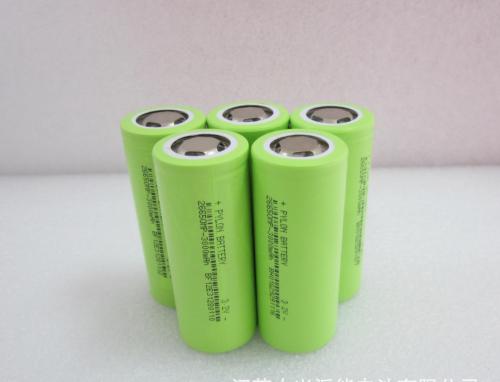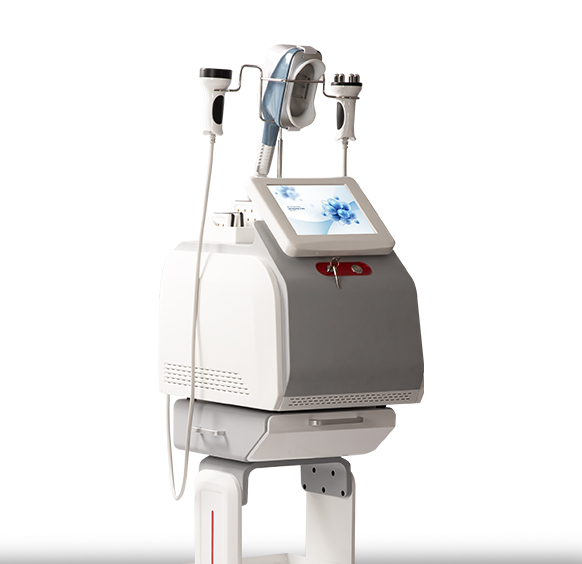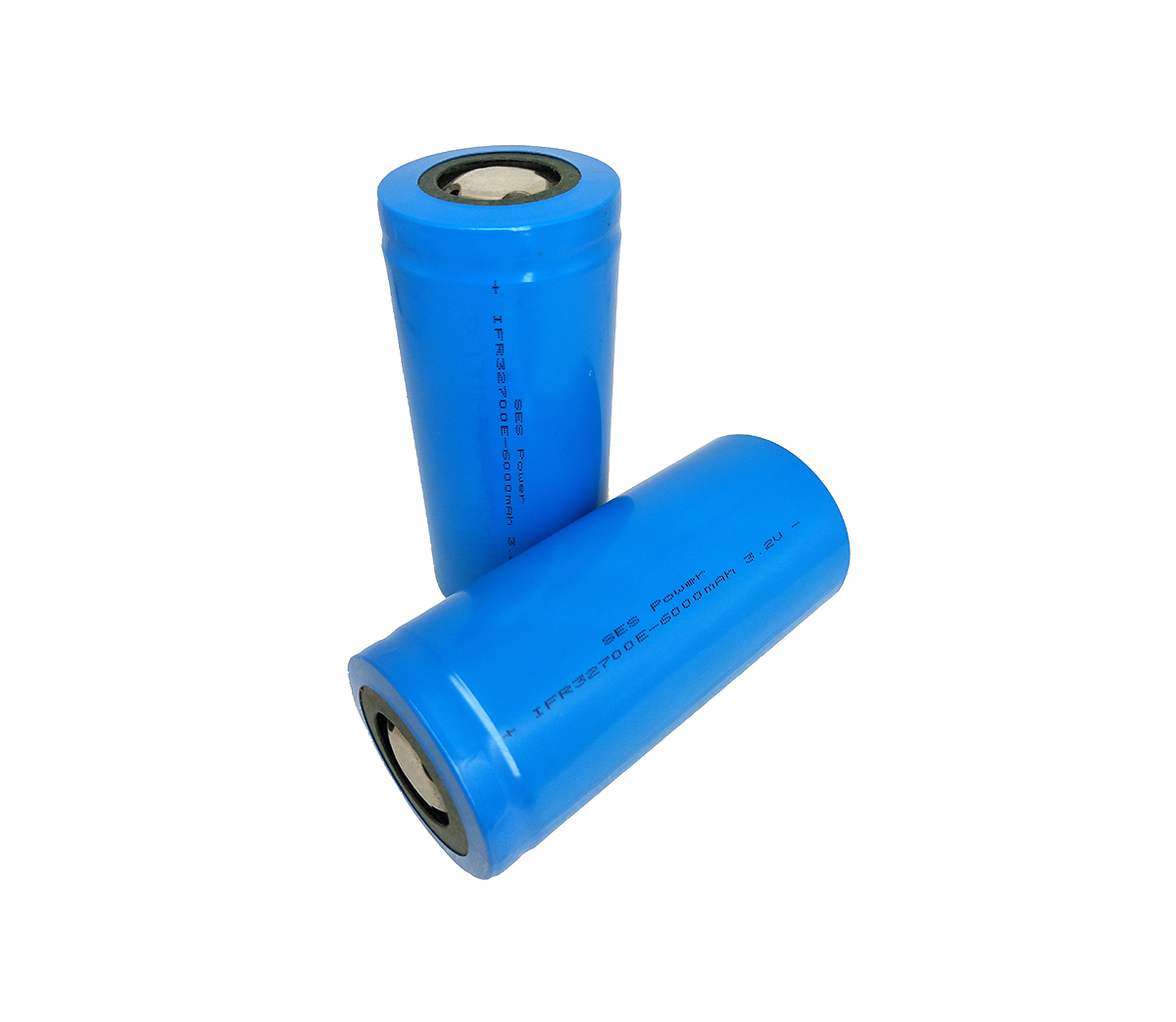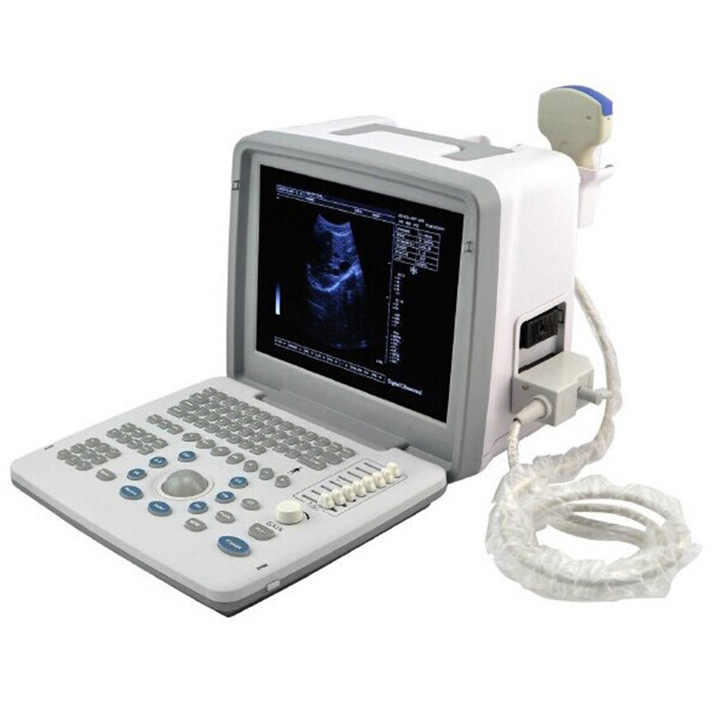
Last year, the global release of the timetable for the ban on the sale of
fuel vehicles made people realize that the era of new energy vehicles is coming,
and why pure electric vehicles, plug-in hybrids, fuel cell vehicles, etc., will
become the future in just a few years The main theme? On the one hand, it is the
support of global strategy and policy, on the other hand, the continuous
improvement of power battery technology. Longer battery life and shorter
charging time are directly related to the commuting needs of users. Only when
new energy vehicles come to us , Will replace traditional fuel vehicles in the
future, and are inseparable from everyone's daily travel. So there is what
people say: "The development of new energy vehicles is the development of
battery technology."
Lead-acid battery The earliest pure electric vehicles used lead-acid
batteries. Lead and its oxides are made as electrode materials, and sulfuric
acid solution is used as electrolyte. This is the power source of most electric
bicycles now, and low cost is its biggest advantage. However, because the energy
density of lead-acid batteries is low, it brings problems such as large size and
small capacity, which cannot meet the control of a car's own weight, the
consumption of driving force, and the service life of more than 10,000
kilometers per year. It could not be used in mass-produced cars on a large scale
and was eventually eliminated by automakers.
Sealed lead-acid battery pack Ni-MH battery Ni-MH battery is very close to
our daily life. From the early sound, it is very common to hear rechargeable
toothbrushes and other small electrical appliances. The positive electrode is a
nickel-hydrogen compound and the negative electrode is a metal hydride. Compared
with lead-acid batteries, its energy density and number of charge and discharge
have been greatly improved, and the electrolyte is non-flammable, its safety is
guaranteed, and its manufacturing process is mature. Before making cars, BYD was
the world’s second largest manufacturer of nickel-metal hydride batteries. .
Ni-MH battery pack However, because the Ni-MH battery has general
charging efficiency, has a rechargeable memory effect, and has a low working
voltage (high-voltage fast charging cannot be used), it is not suitable for a
single power source of a car and is suitable for auxiliary engine operation. The
best in this regard is Toyota. Its hybrid power system uses Atkinson engine +
Ni-MH battery pack. The Atkinson engine itself has the advantage of high
efficiency in the intermediate speed range, but it also has the problems of low
speed and high speed. , And nickel-metal hydride batteries are just a big help
to solve the starting and high-speed power shortage.
After the widespread introduction of lithium batteries, nickel-metal
hydride batteries have also been completely replaced in automobiles. For
example, Toyota's new-generation hybrid system uses a more efficient engine +
lithium battery combination. Compared with lithium batteries, the capacity of
nickel-metal hydride batteries, cycle charging life and environmental protection
are not dominant. The cost advantage has also been weakened by the vigorous
development of lithium batteries. This is the reason why nickel-metal hydride
batteries have gradually withdrawn from the automotive field. Where. Lithium
battery Lithium battery is the mainstream choice for new energy vehicles at this
stage. Lithium compounds (lithium manganate, lithium iron phosphate, etc.) are
used as electrode materials, and graphite is used as negative electrode
material. Its advantages are high energy density, small size, light weight, High
charging efficiency. The main factor that determines the type or performance of
lithium batteries lies in the materials at the two poles of the battery. The
material of the positive electrode is the key at this stage, such as mainstream
lithium iron phosphate, lithium cobalt oxide in ternary materials, nickel cobalt
manganese, etc. There are differences in multiple dimensions such as cost,
low-temperature charge and discharge, and safety.
General Group Lithium Battery Pack However, no matter what type, all
lithium battery packs will face the "natural enemy" of low temperature. Although
the optimal operating temperature of different lithium battery types has certain
differences, the decrease in the activity of lithium ions that accompanies the
lower than the optimal range has a greater impact on the cruising range, which
is also reflected in our previous tests: The battery life of electric vehicles
equipped with lithium battery packs in actual use in winter in the north can
generally only reach more than 60% of the theoretical battery life, and at most
about 70%.
The negative impact of low temperature in the test results of the DENZA
EV400 limit mileage is not well solved by the battery itself, so many automakers
have tried to heat the battery pack and added a temperature control system for
the power battery alone. Most of the brand models that adopt this approach All
have a certain mitigation effect, but the actual effect is not an excellent
solution to the problem, because the power consumption of some electric vehicle
temperature control systems is greater than the loss of low temperature.
Emgrand EV450 is equipped with version 2.0 of the ITCS battery intelligent
temperature control management system. What can be expected in this regard is
that General Motors has the intention to cooperate with South Korea’s LG Group
to purchase multiple temperature control components directly installed in the
battery pack. The product can not only dissipate heat to the battery as it does
now, but also increase the temperature of the battery in cold weather. The
landing of this technology is worth looking forward to. It is reported that the
next round of pure electric and plug-in hybrid new cars of GM will be used to
replace the battery packs currently supplied by the Hitachi brand. Hydrogen
fuel cell Everyone knows the water that is finally obtained by H2+O2
combustion, so hydrogen is a very ideal clean energy. As far as hydrogen itself
is concerned, combustion can release a large amount of energy, and it performs
well at low temperatures. The most important thing is that hydrogenation is
highly efficient. It only takes 5 minutes to drive more than 600 kilometers, and
there is room for improvement in this data. These are far superior to existing
lithium batteries.
Regarding the investment in hydrogen fuel cell vehicles, Japanese and South
Korean car companies have already started research, and have now invested in
their respective countries in a small scale. Used for the Pyeongchang Winter
Olympics and went on sale.
Hyundai NEXO hydrogen fuel cell vehicle And hydrogen is such a good
energy source, why not promote it? Because it is too difficult to obtain
hydrogen with current technology. Everyone has learned that hydrogen can be
obtained by electrolyzing water, but it consumes electricity to electrolyze the
water, and then burn the hydrogen to finally turn into water. The power
consumption and loss of this process is not as good as directly charging the
lithium battery, and the cost is too high. The cost and process are more
appropriate to extract from oil and natural gas, but the amount is not large, so
fuel cell vehicles "only get their name and are difficult to promote."
Graphene battery. For the discussion of the power battery of new energy
vehicles in the future, the most reliable and most discussed one is the graphene
battery. The interpretation of some professional perspectives is "translation":
there are two uses for combining this material with lithium batteries. The
method is to use the graphene composite material as the conductive agent of the
lithium battery, and the other is to directly use it as the negative electrode.
The effect is to increase the activity of the lithium battery, thereby improving
the cruising range and charging speed of the electric vehicle.
Graphene-carbonized sponge lithium-oxygen battery graphene battery can
effectively solve the shortcomings of lithium batteries, and the product
characteristics are directly linked to the use of new energy vehicle users. The
benefits of this material are indeed great, and South Korea’s Samsung has also
announced that it has mastered this technology, but the cost is a major
bottleneck. Graphene is not easy to obtain. It was a material used in the
aerospace field in the early days. When, How to reduce costs will be a big
problem for this high-quality product to "fly into the homes of ordinary
people." Various automakers have not announced plans to make efforts in this
regard.
Graphene lithium battery renderings To put it simply, the working principle
of pure electric vehicles is to "charge directly with electricity", while
hydrogen fuel cell vehicles use H2 + O2 to "fire" (chemical reaction)
electricity and water, which is equivalent to "burning hydrogen". Power
generation. Both types of "batteries" are also zero-emission. The lithium
battery of electric vehicles has a lower capacity density, poor low-temperature
activity, which affects battery life, and slow charging speed. Hydrogen fuel
cells have no problems at all, and the work efficiency is much higher. The
reason why hydrogen is called high-quality energy. Solid-state lithium battery
Solid-state lithium battery, as its name implies, no longer uses liquid
electrolyte and uses solid electrolyte. Its capacity density is far higher than
that of current mainstream lithium batteries. This means that pure electric
vehicles have a higher range and even reach the range of energy-saving gasoline
vehicles. , And the charging efficiency also has a qualitative leap compared
with the current stage. It is reported that the optimal charging speed of
electric vehicles equipped with solid-state batteries can reach an increase of
800 kilometers in 1 minute. This can be said to be the best core component of
new energy vehicles.



































